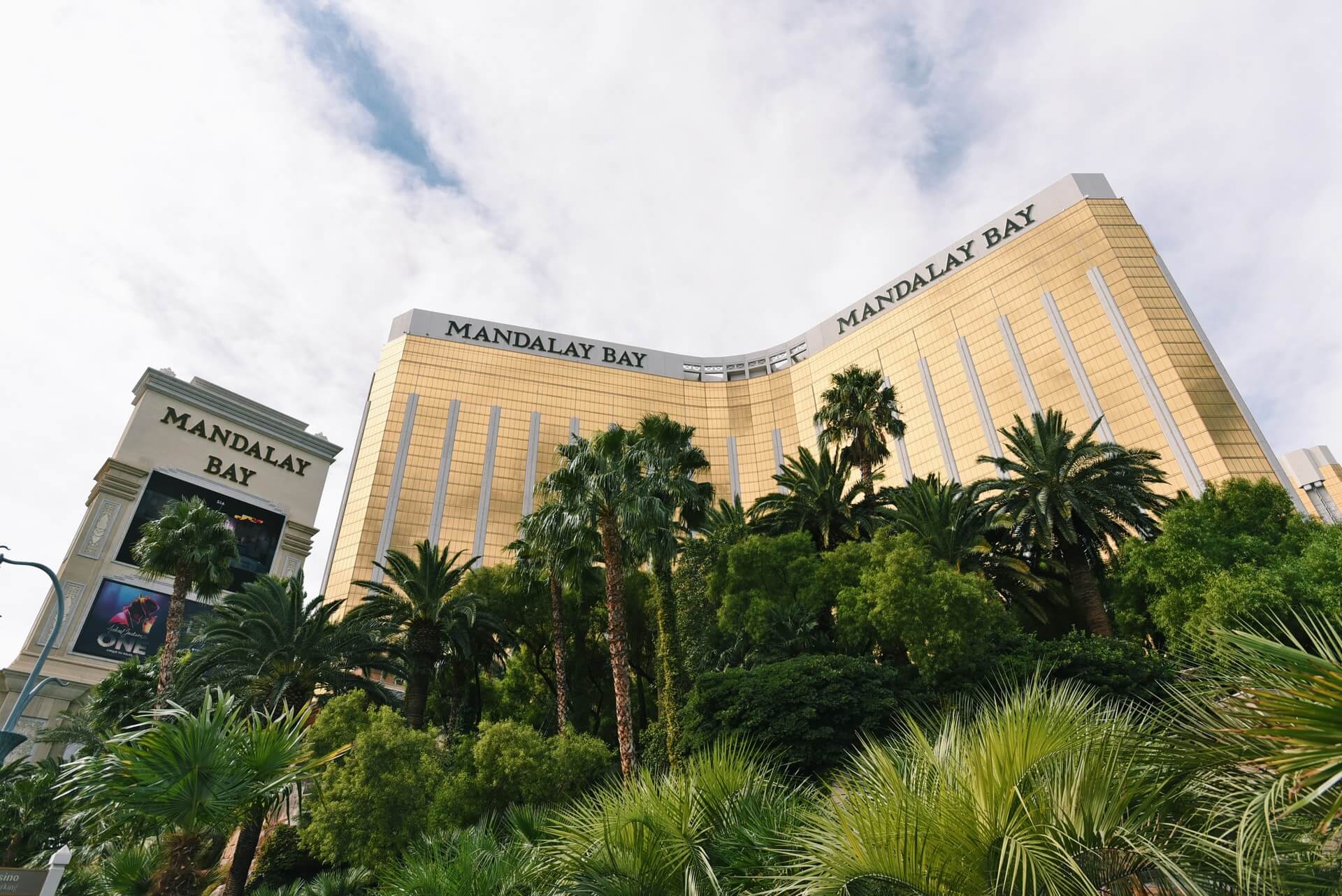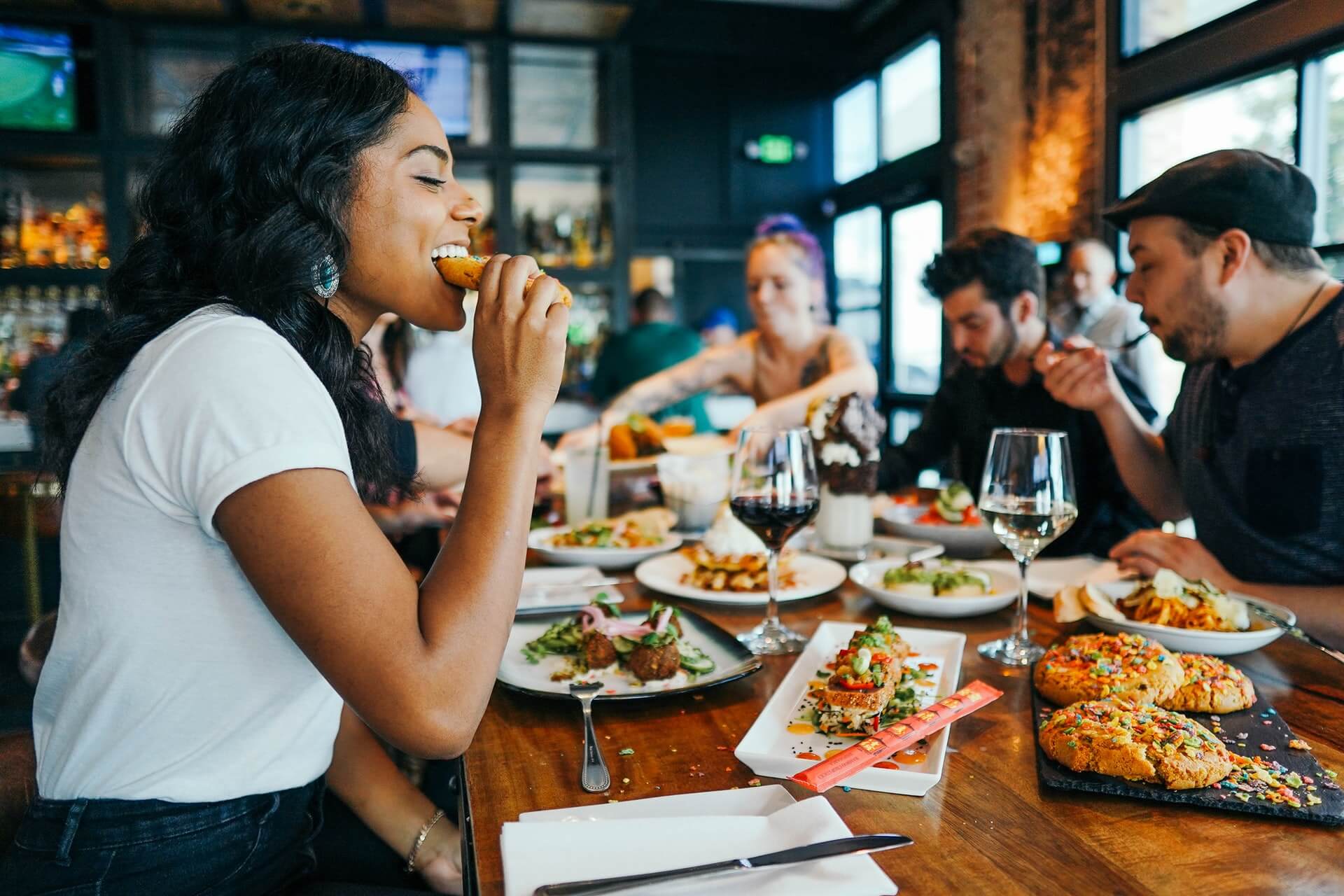SevenRooms Reveals Hotel Guest Study Results
by David Klemt

Americans eager to get back to normal and make up for lost time are traveling in droves, and hotels will have to adapt in order to earn their business.
To give hotel and resort operators an edge, SevenRooms today reveals the results of their latest study.
“Booking Behaviors: Exploring Hotel Guest Loyalty,” contains datapoints all hotel operators should know.
The report, a collaboration with YouGov, focuses on two types of travelers.
Competitive Incentives
Before I address the who, let’s take a look at data that highlights the what.
According to the SevenRooms and YouGov report, nearly half of consumers say that loyalty programs are important. Per SevenRooms, loyalty programs influence hotel choice for 44 percent of guests.
Regarding American hotel guests specifically, 34 percent of guests will consider rebooking if their loyalty status receives recognition upon check-in.
However, loyalty status recognition isn’t enough for guests to book a hotel again. To understand what will influence that decision we need to take a look at SevenRooms’ traveler types.
Leisure
SevenRooms and YouGov look at two travelers for their report. There’s the Personal Patron and the Business Traveler.
Let’s focus on the former first. Per SevenRooms, to say the Personal Patron is eager to return to travel is an understatement.
The Personal Patron is a leisure traveler who has been climbing their walls for more than two years. They’re planning to travel “with a vengeance” this summer.
Diving deeper, the Personal Patron is most probably a female over the age of 35.
While recognizing this traveler for their loyalty program membership is smart, it’s not enough to influence a rebook. Rather, the Personal Patron places greater value on:
- receiving more loyalty program points in exchange for dining and drinking at property-operated restaurants and bars;
- enhanced credit card rewards; and
- earning dining credits upon reaching a new loyalty program tier.
However, there’s a problem inherent to the Personal Patron and loyalty programs. Just 45 percent—so nearly half—of this traveler type are loyalty program members.
The reason for that low program buy-in? Almost 60 percent don’t think they travel enough to benefit from hotel loyalty programs.
Per SevenRooms, there’s a rather simple solution: local benefits. Tempt Personal Patrons with staycations and access to amenities at hotels in their home markets. Another idea is to offer points exclusively for dining that this traveler can use where they live.
Business
Obviously, the business traveler is now different. In fact, SevenRooms considers two versions of the Business Traveler.
On the one hand, there’s the extended-stay version traveling all over the country. And on the second hand, there’s the long-distance Business Traveler who’s seeking a midweek “home base” hotel.
Either way, the Business Traveler is most likely a male aged 18 to 34.
Per SevenRooms—and as most hotel operators likely know—this traveler probably doesn’t have time (or interest) in exploring off property. Therefore, the Business Traveler can be influenced to rebook through incentives that make their stays better.
These include:
- receiving more loyalty program points in exchange for dining and drinking at property-operated restaurants and bars (like the Personal Patron);
- receiving recognition for being a loyalty program member; and
- getting a complimentary drink on check-in; or
- being given a choice of an F&B amenity on arrival.
Unsurprisingly, the Business Traveler is more likely than the Personal Patron to join a hotel loyalty program. Per SevenRooms, 55 percent of Business Travelers say that the ability to participate in such a program influences their hotel choice.
Focusing on perks that “reward” the Business Traveler for their hard work can convert a Business Traveler to become a loyal guest for a particular hotel or hotel group.
SevenRooms suggests priority reservations for the lunch daypart at restaurants on property. Also, providing their favorite drink (wine, cocktail, beer, etc.) with their room service orders can be influential.
Takeaway
Travel is gaining steam, restaurants and bars are seeing an influx of reservations, and hotel operators need to prepare for summer travelers.
As a reservation, guest experience, and guest retention platform, SevenRooms can ensure operators can easily collect guest data. Guest data, for example, like F&B and room preferences.
More importantly, the platform makes it simple to use that data responsibly, effectively, and simply.
To learn more about SevenRooms, click here.
Image: JESHOOTS.COM on Unsplash










